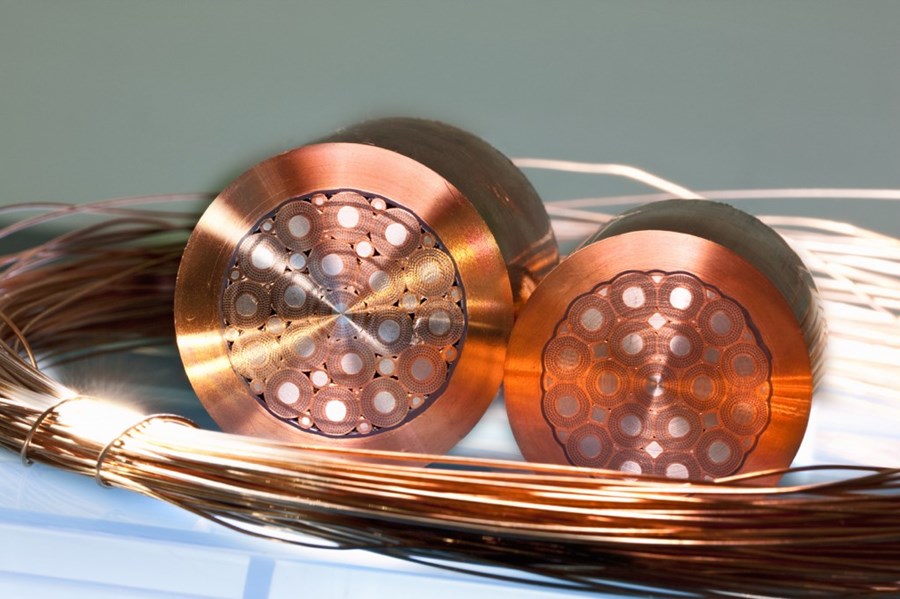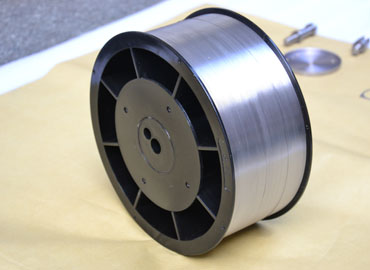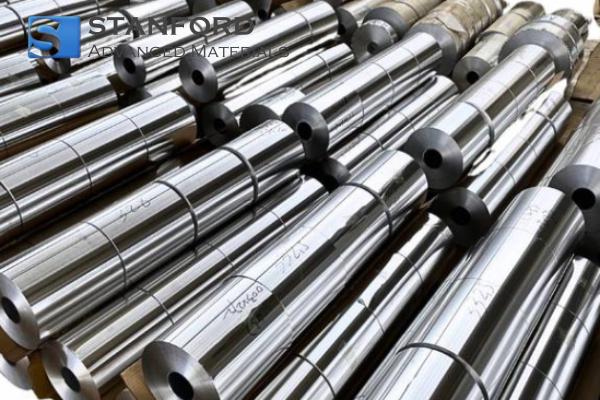Super Performance Of Niobium In Superconducting Applications
Many years ago, researchers discovered that the chemical properties of certain materials can change sharply, resulting in superconductivity with negligible electrical resistance when the temperature is near absolute zero. This performance temperature is defined as the critical temperature. The critical temperature varies among materials.
It is well known that achieving ultra‐low temperatures requires significant resources, thereby increasing costs. The closer the temperature approaches absolute zero, the higher the cost incurred. In the case of superconducting materials, a higher critical temperature is advantageous. Many elements exhibit superconductivity, and Niob is one of those with one of the highest critical temperatures. A niobium alloy exhibits a critical temperature between 18.5 and 21 K, which makes it one of the principal superconducting materials.
Researchers conducted an experiment in which a metal ring made of Niob, cooled to its superconducting state, was supplied with an electrical current. The current was then disconnected and the apparatus sealed and maintained at a low temperature. After 2 ½ years, the instrument was reactivated and it was noted that the current in the niobium ring continued to flow, with the current level nearly identical to the initial supply.

The experiment demonstrates that superconducting materials experience minimal electrical losses. Consequently, the use of a superconducting transmission cable improves energy transfer efficiency because the absence of electrical resistance prevents energy loss.
A superconducting magnetic wheel has been developed for a high‐speed magnetic levitation system. The superconducting magnet causes the train to levitate approximately 10 centimetres above the rail, thereby eliminating friction between the two and reducing movement resistance. With an engine power of only 100 horsepower, the train, which carries 100 passengers, can achieve speeds exceeding 500 kilometres per hour.

If a 20 kilometre-long band composed of Niob and tin is wound around a rim with a diameter of 1.5 metres, the winding can generate a stable magnetic field. This magnetic field is capable of lifting an object weighing 122 kg and maintaining its levitation. Given that this magnetic field can be employed in a controlled thermonuclear fusion reaction, it is feasible to supply a substantial volume of low-cost and nearly inexhaustible energy.
Read more: The role of Niob in superconducting materials

 Bars
Bars
 Beads & Spheres
Beads & Spheres
 Bolts & Nuts
Bolts & Nuts
 Crucibles
Crucibles
 Discs
Discs
 Fibers & Fabrics
Fibers & Fabrics
 Films
Films
 Flake
Flake
 Foams
Foams
 Foil
Foil
 Granules
Granules
 Honeycombs
Honeycombs
 Ink
Ink
 Laminate
Laminate
 Lumps
Lumps
 Meshes
Meshes
 Metallised Film
Metallised Film
 Plate
Plate
 Powders
Powders
 Rod
Rod
 Sheets
Sheets
 Single Crystals
Single Crystals
 Sputtering Target
Sputtering Target
 Tubes
Tubes
 Washer
Washer
 Wires
Wires
 Converters & Calculators
Converters & Calculators
 Write for Us
Write for Us


 Chin Trento
Chin Trento



